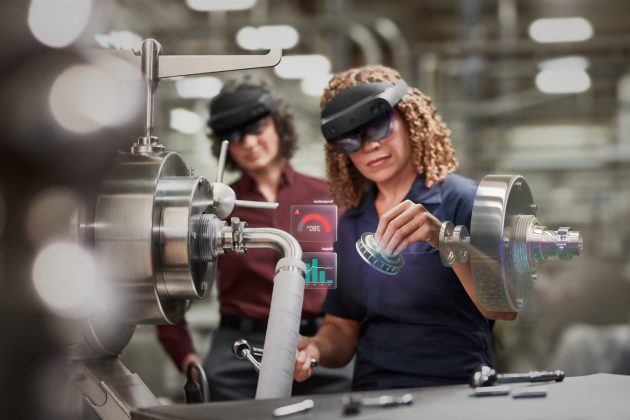
Six trends to disrupt the next generation of biopharmaceutical manufacturing
by CM Staff
Technology, industry collaborations and a desire to innovate will help participants sustain their growth momentum and achieve manufacturing scale, finds Frost & Sullivan

More manufacturers are looking at cloud computing to lower infrastructure costs and drive innovation
SANTA CLARA, Calif. — The biopharmaceutical industry is facing its biggest test in recent times. A rise in new disease outbreaks, the urgency to launch innovative therapies, and new constructs such as multi-valent antibodies are compelling biopharmaceutical companies to adopt new manufacturing approaches. The industry must reduce costs and achieve scalability of downstream processes in global sites to work more efficiently. Biopharmaceutical companies must follow suit by adopting advanced manufacturing technologies, establishing public-private partnerships and placing sustainability at the core of the business strategy.
Frost & Sullivan’s latest article, Preparing for Next Generation of Biopharmaceutical Manufacturing, analyzes six dynamic trends that will impact the future of biopharmaceutical manufacturing. These include embracing technology advances, next-generation manufacturing methods, cost optimization for clinical development, advances in recombinant DNA technologies, single-use technologies, and process analytics.
“Customized technologies are being developed to meet next-generation monoclonal antibody (mAb) therapy process requirements. Complete integrated process workflows will enable biopharmaceutical companies to rapidly create the manufacturing capacity needed for both clinical and commercial production,” observed Nitin Naik, Global Practice Area Leader | Healthcare & Life Sciences at Frost & Sullivan in a prepared statement. “Once that broader infrastructure and architecture is in place, companies can accelerate their lab-to-manufacturing scale initiatives for a wide range of conditions.”
“3M Polisher ST enables the transition to single-use membrane chromatography through a novel guanidinium base chemistry and advanced material science. It offers not only economic benefits and versatility but also has specific functional advantages over equivalent packed-bed columns. These include convenience, scalability, and a small footprint,” noted Matt Peters | Application Development Specialist at 3M. “3M Polisher ST uses only 20% of the buffer volume compared to a column of equal capacity, saving time and money.”
Overall, biopharmaceutical companies need to review investments beyond the traditional growth levers of clinical and commercial excellence and intensify efforts related to sustainability. The main strategies that will help them achieve this include:
- Advanced Materials: Implementation of next-generation technologies for mAb therapy process development, producing safe and reliable biologics.
- Platformability: Solutions enabling bioprocessing across a wide range of conditions and data-mining capabilities to become predictive.
- Agile Response: Ability to make changes quickly across R&D and the supply chain without compromising social considerations.
- Multi-dimensional Collaboration: Partnership models matching the needs of different stakeholders, including patients, physicians, suppliers, and government agencies.